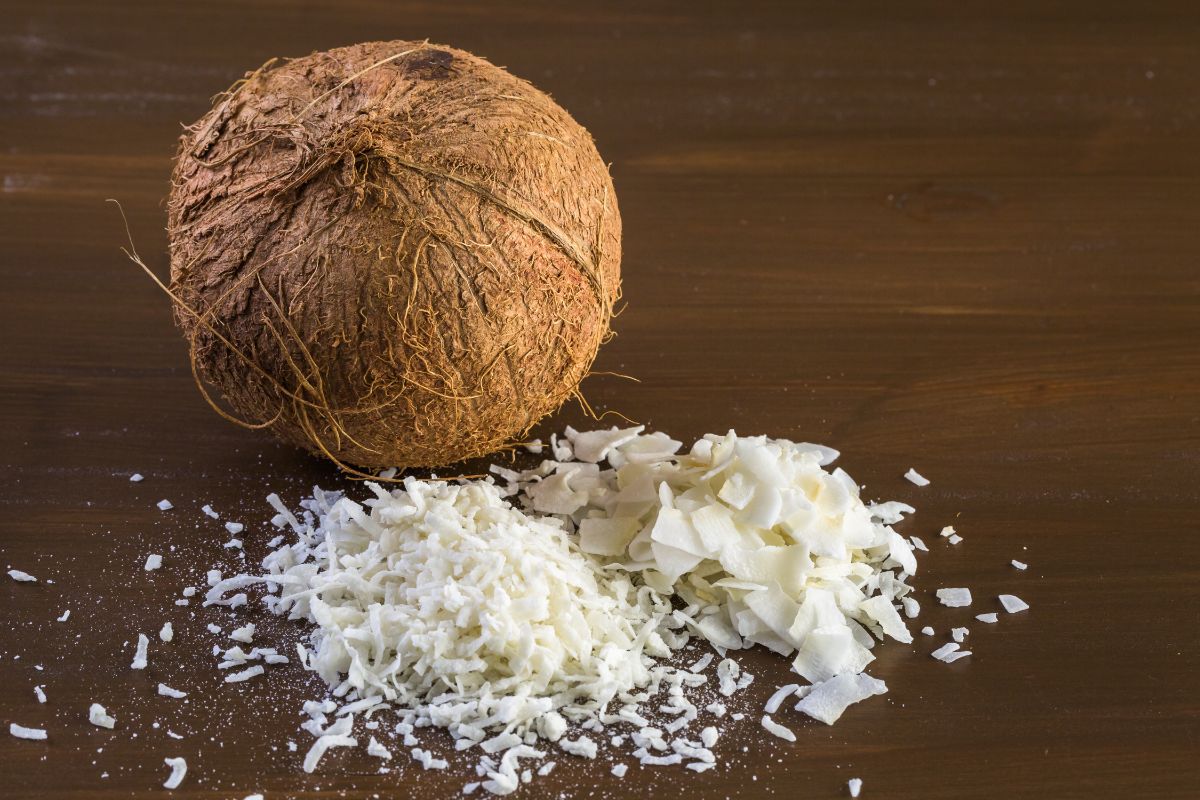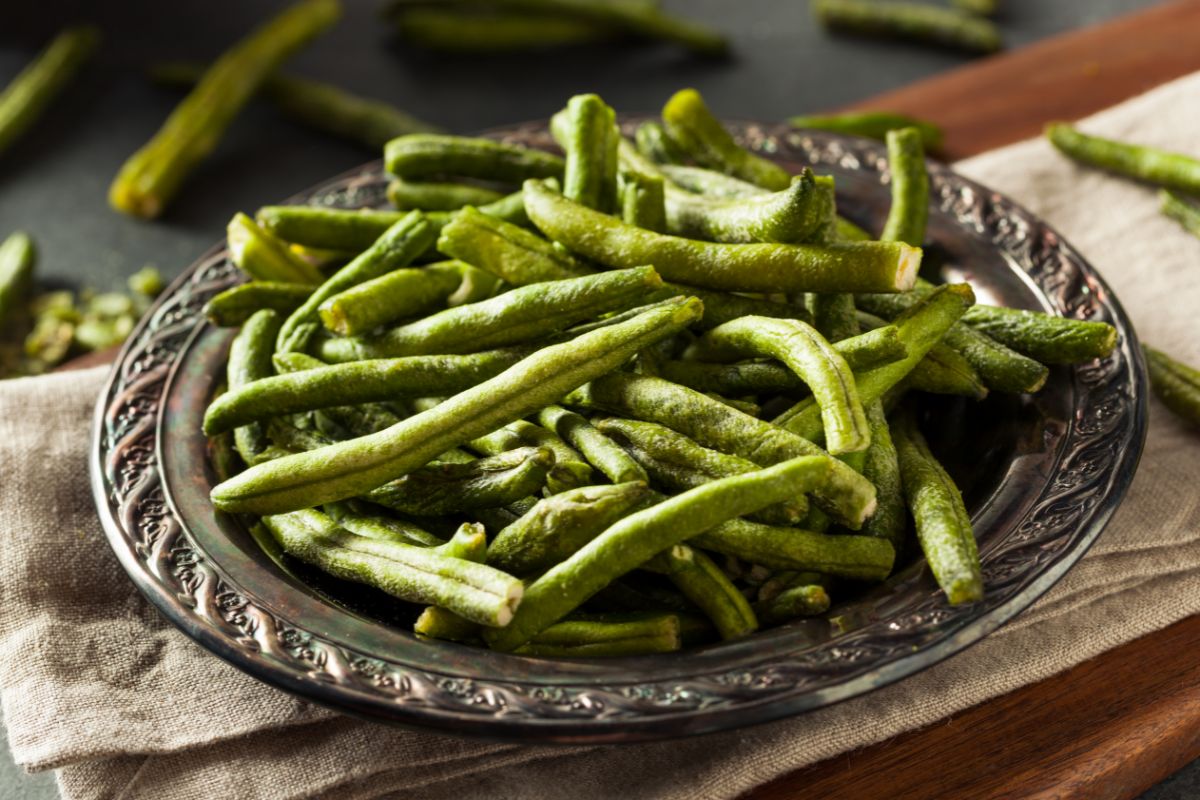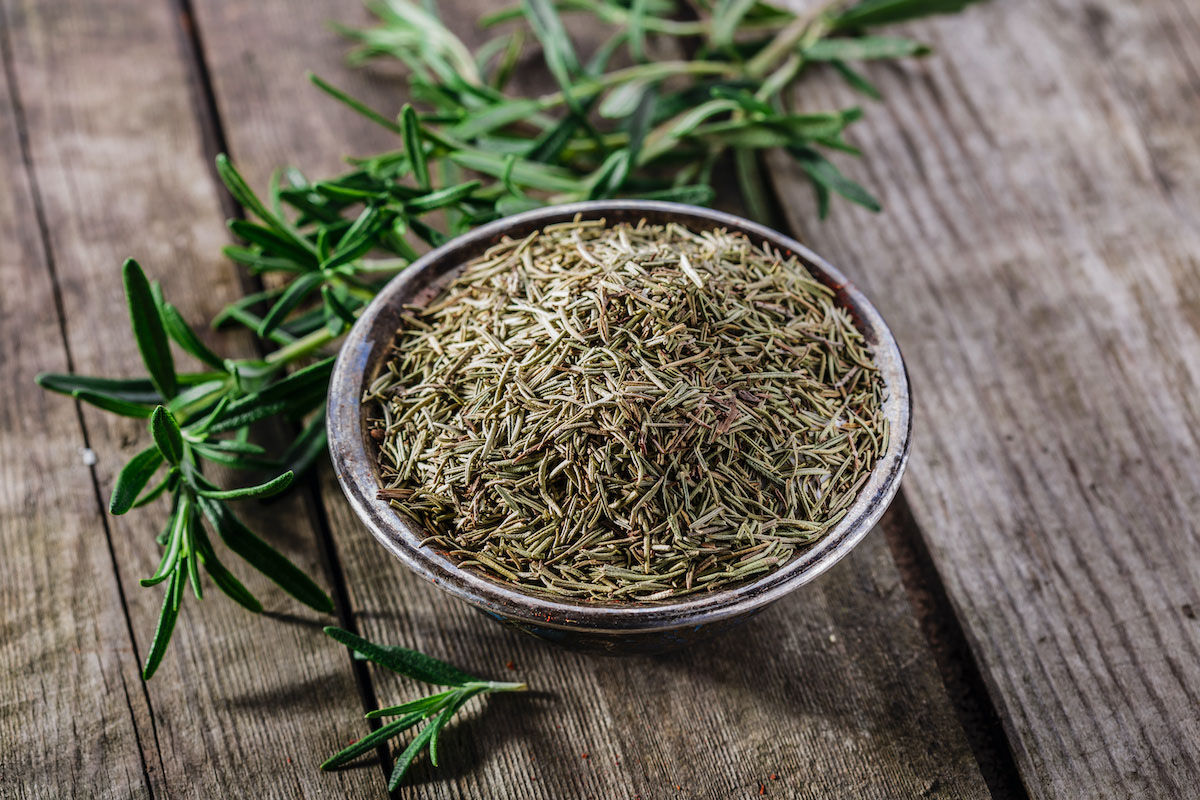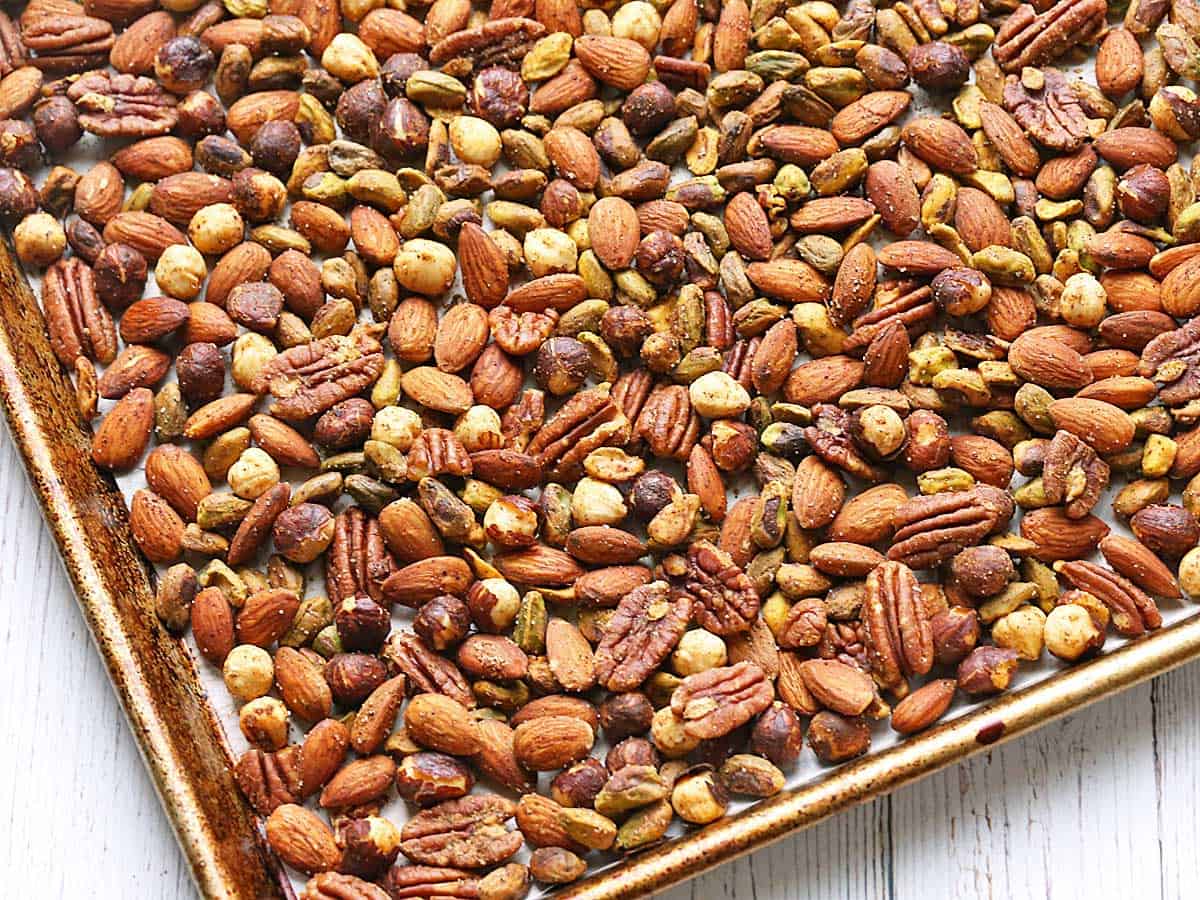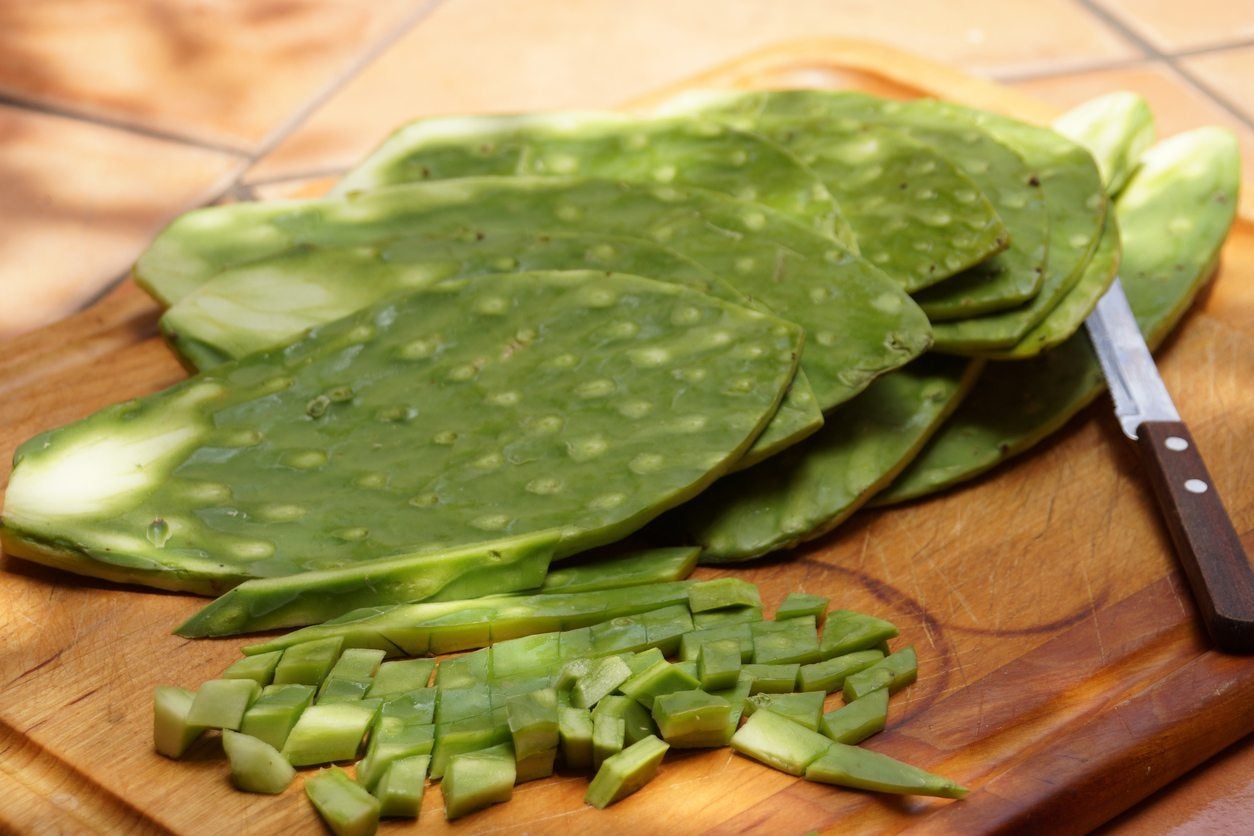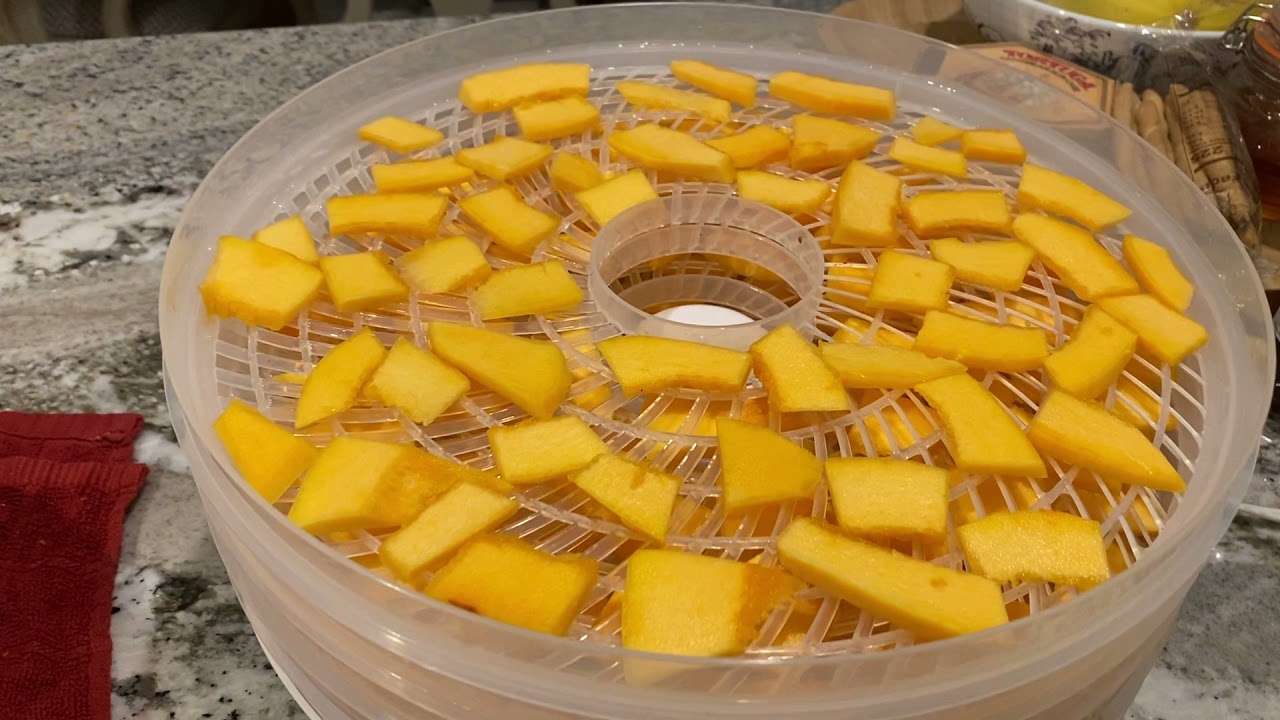How to Dehydrate Wheatgrass for Industrial Use
Wheatgrass is a popular superfood known for its numerous health benefits. It is rich in vitamins, minerals, and antioxidants, making it a valuable ingredient in the food and beverage industry. Dehydrating wheatgrass is an effective way to preserve its nutritional value for industrial use. In this article, we will explore the process of dehydrating wheatgrass for industrial purposes.
Benefits of Dehydrated Wheatgrass
Dehydrated wheatgrass offers several advantages for industrial applications:
- Extended Shelf Life: Dehydration helps to remove moisture from wheatgrass, extending its shelf life and making it suitable for long-term storage.
- Nutritional Preservation: The dehydration process retains the nutritional content of wheatgrass, ensuring that it maintains its health benefits even after drying.
- Convenient Storage and Transportation: Dehydrated wheatgrass is lightweight and compact, making it easier to store, transport, and incorporate into various industrial products.
Industrial Dehydration Process
Dehydrating wheatgrass on an industrial scale requires specialized equipment and careful attention to quality control. The following steps outline the industrial dehydration process:
- Harvesting: High-quality wheatgrass is essential for industrial dehydration. It should be harvested at the peak of its nutritional content to ensure the best results.
- Washing: The harvested wheatgrass should be thoroughly washed to remove any dirt, debris, or contaminants.
- Preparation: After washing, the wheatgrass is prepared for dehydration by trimming any excess roots and ensuring uniformity in size.
- Dehydration: Industrial dehydrators are used to remove moisture from the wheatgrass. The temperature and airflow must be carefully controlled to preserve the nutritional integrity of the product.
- Quality Control: Throughout the dehydration process, regular quality checks are conducted to ensure that the wheatgrass meets industry standards for moisture content and overall quality.
- Packaging: Once the wheatgrass is fully dehydrated, it is packaged in airtight containers to maintain its freshness and quality during storage and transportation.
Applications of Dehydrated Wheatgrass
Dehydrated wheatgrass has a wide range of industrial applications, including:
- Food and Beverage Production: Dehydrated wheatgrass can be incorporated into health drinks, energy bars, and nutritional supplements.
- Cosmetics and Personal Care: Wheatgrass powder derived from dehydrated wheatgrass is used in skincare products and beauty treatments.
- Animal Feed: Dehydrated wheatgrass is utilized in the production of high-quality animal feed for livestock and pets.
- Pharmaceuticals: The nutritional properties of dehydrated wheatgrass make it a valuable ingredient in pharmaceutical formulations.
Conclusion
Dehydrating wheatgrass for industrial use requires careful attention to detail and adherence to quality standards. The resulting dehydrated wheatgrass offers extended shelf life, preserved nutritional content, and versatility for various industrial applications. By following the proper dehydration process, manufacturers can harness the benefits of wheatgrass for the production of a wide range of industrial products.
Whether it’s enhancing the nutritional value of food and beverage products or contributing to the development of pharmaceutical and cosmetic formulations, dehydrated wheatgrass plays a vital role in the industrial sector.
Was this page helpful?
Read Next: How To Dehydrate Cucumber Slices
EPet Shop
e-PetShop oferă servicii de livrare online pentru animale de companie pentru produse pentru animale de companie de calitate superioară. Descoperiți acum și comandați mâncare sănătoasă pentru animale de companie de la magazinul nostru online pentru animale de companie.
